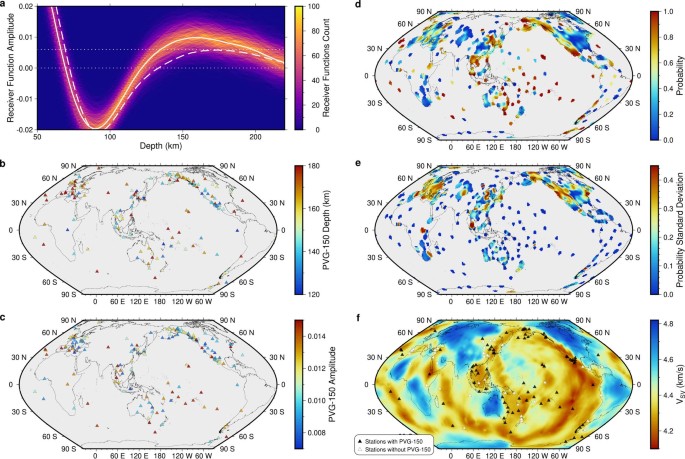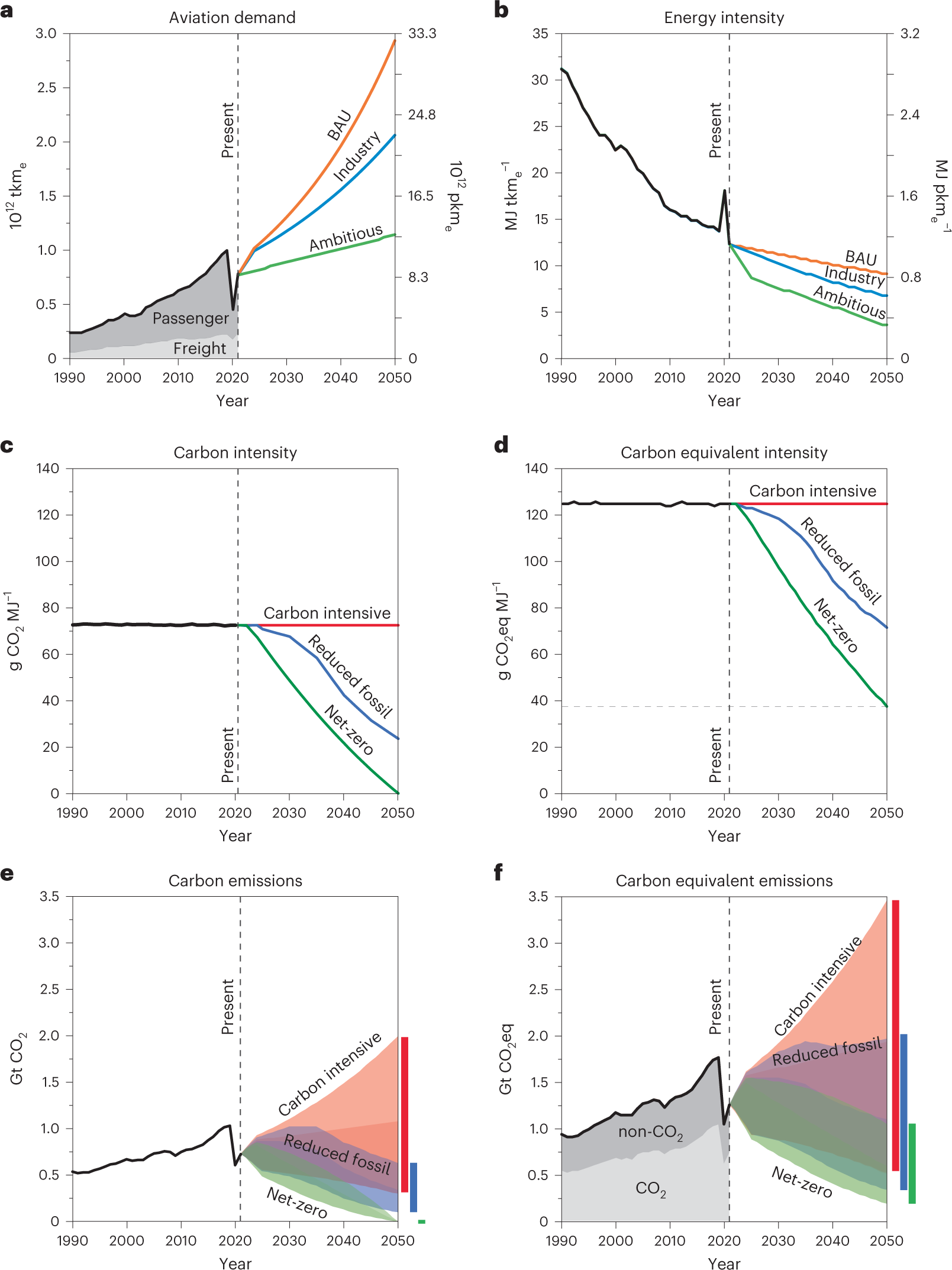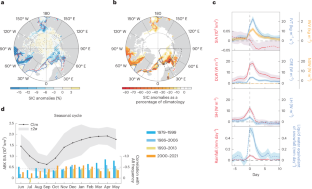2023-02-06 テキサス大学オースチン校(UT Austin)
◆溶融層は地表から約100マイルのところにあり、上部マントルで地球の構造プレートの下に位置するアステノスフィアの一部である。アステノスフィアがプレートテクトニクスにとって重要なのは、アステノスフィアが比較的柔らかい境界を形成しているため、マントル内をテクトニックプレートが移動することができるからである。
◆しかし、なぜ柔らかいのかはよくわかっていません。科学者たちは以前、溶けた岩石が要因かもしれないと考えていました。しかし、この研究は、実際には、融解がマントル岩の流れに特に影響を与えていないように見えることを示しています。
◆華がブラウン大学の大学院生として始めた研究によると、マントル内の熱と岩石の対流がプレートの動きに有力な影響を与えるとのことです。地球内部はほとんど固体ですが、長い時間をかけて、岩石は蜜のように移動し、流動することがあります。
◆地球内部の新しい層を探そうと考えたのは、博士課程の研究中にトルコの地下にあるマントルの地震画像を調べていたときだった。
◆地殻の下に一部溶けた岩石があることに興味を持った華は、他の地震観測所の同様の画像を集めて、アステノスフェアの世界地図を作成した。その結果、アステノスフェアが最も高温の場所であれば、どこでも観測されることがわかったのだ。
◆さらに、溶融層が地球のほぼ半分を占めているにもかかわらず、地殻変動に関する地震観測結果と溶融層マップを比較したところ、何の相関もないことが判明した。
<関連情報>
- https://www.jsg.utexas.edu/news/2023/02/scientists-detect-molten-rock-layer-hidden-under-earths-tectonic-plates/
- https://www.nature.com/articles/s41561-022-01116-9
部分溶融の全球的な普及と一致する鉄鋼圏低速度帯 Asthenospheric low-velocity zone consistent with globally prevalent partial melting
Junlin Hua,Karen M. Fischer,Thorsten W. Becker,Esteban Gazel & Greg Hirth
Nature Geoscience Published:06 February 2023
DOI:https://doi.org/10.1038/s41561-022-01116-9

Abstract
The asthenosphere plays a fundamental role in present-day plate tectonics as its low viscosity controls how convection in the mantle below it is expressed at the Earth’s surface above. The origin of the asthenosphere, including the role of partial melting in reducing its viscosity and facilitating deformation, remains unclear. Here we analysed receiver-function data from globally distributed seismic stations to image the lower reaches of the asthenospheric low-seismic-velocity zone. We present globally widespread evidence for a positive seismic-velocity gradient at depths of ~150 km, which represents the base of a particularly low-velocity zone within the asthenosphere. This boundary is most commonly detected in regions with elevated upper-mantle temperatures and is best modelled as the base of a partially molten layer. The presence of the boundary showed no correlation with radial seismic anisotropy, which represents accumulated mantle strain, indicating that the inferred partial melt has no substantial effect on the large-scale viscosity of the asthenosphere. These results imply the presence of a globally extensive, partially molten zone embedded within the asthenosphere, but that low asthenospheric viscosity is controlled primarily by gradual pressure and temperature variations with depth.



